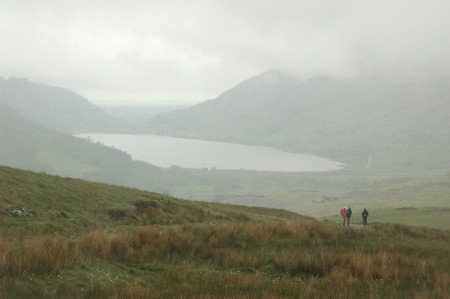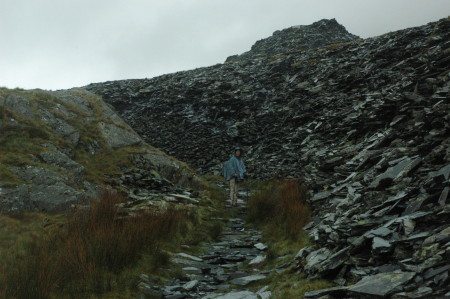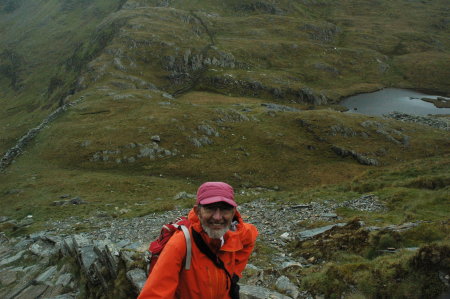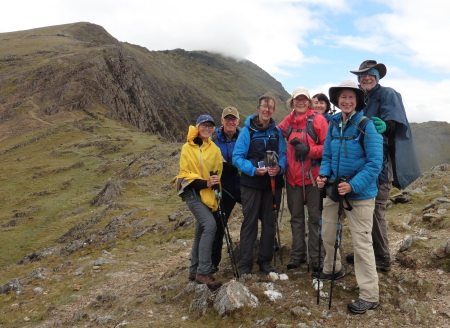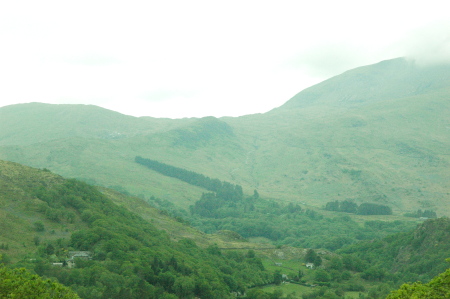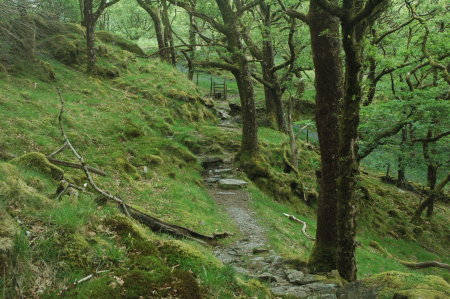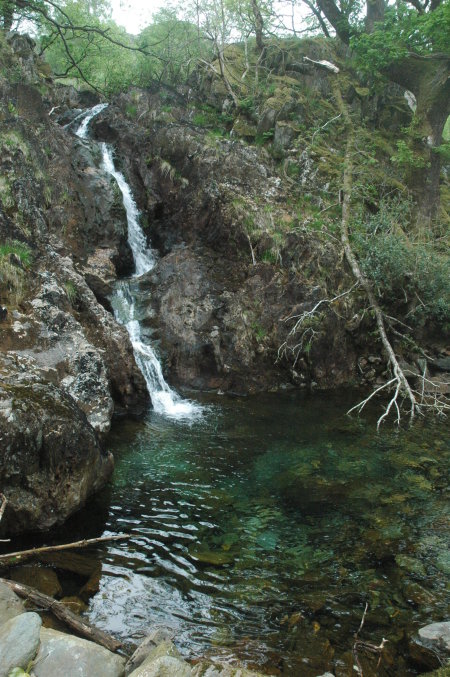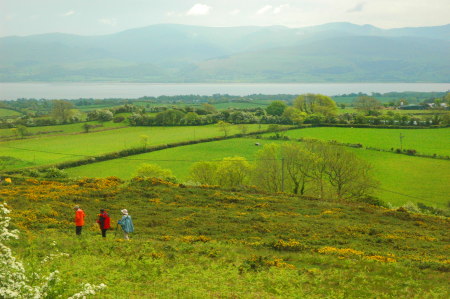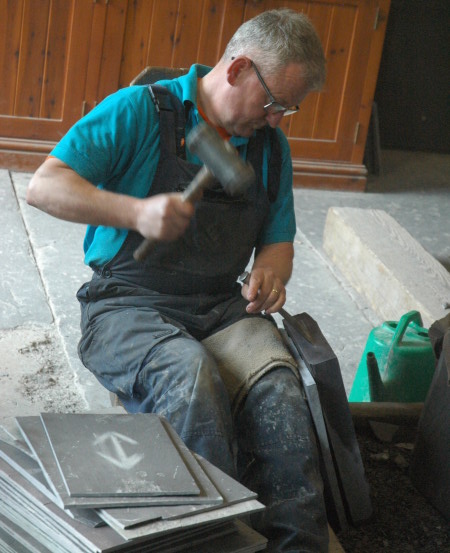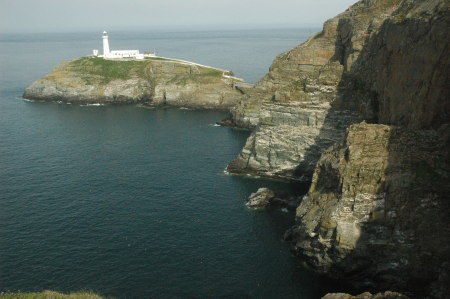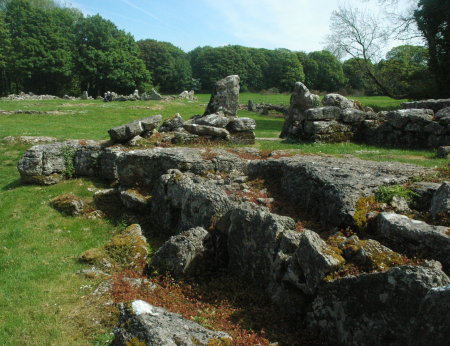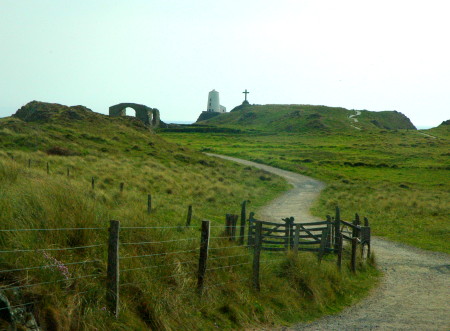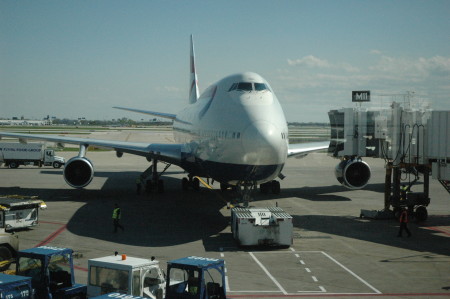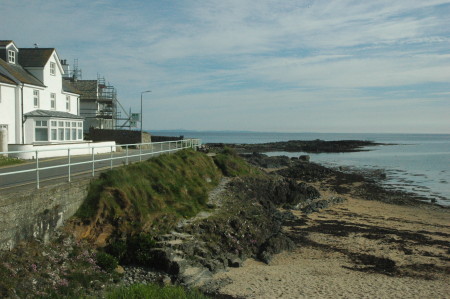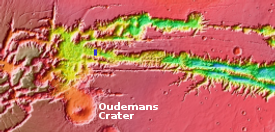Nevada approves bill that requires electoral votes to go to winner of popular vote
Nevada’s state senate has approved a bill that will require its electoral votes in a presidential election to go to winner of popular vote.
The governor needs to sign the bill, but that is expected.
Assembly Bill 186, which passed the Senate on a 12-8 vote, would bring Nevada into the National Popular Vote Interstate Compact, an agreement between participating states to cast their electoral votes for the winner of the popular vote.
If signed as expected by Democratic Gov. Steve Sisolak, Nevada would become the 16th jurisdiction to join the compact, along with 14 states and the District of Columbia. The compact would take effect after states totaling 270 electoral votes, and with Nevada, the total would reach 195.
It appears to me that this Democratic effort to nullify the electoral college is going to eventually take effect. Once that happens, there will never be another Republican president, as the heavily Democratic and high population states of New York and California are going to always put the popular vote in the hands of Democrats. Essentially, they will have rigged the elections to guarantee their victory, much as they have done in California by eliminating parties in the voting.
Posted on the train from Barmouth to London.
Nevada’s state senate has approved a bill that will require its electoral votes in a presidential election to go to winner of popular vote.
The governor needs to sign the bill, but that is expected.
Assembly Bill 186, which passed the Senate on a 12-8 vote, would bring Nevada into the National Popular Vote Interstate Compact, an agreement between participating states to cast their electoral votes for the winner of the popular vote.
If signed as expected by Democratic Gov. Steve Sisolak, Nevada would become the 16th jurisdiction to join the compact, along with 14 states and the District of Columbia. The compact would take effect after states totaling 270 electoral votes, and with Nevada, the total would reach 195.
It appears to me that this Democratic effort to nullify the electoral college is going to eventually take effect. Once that happens, there will never be another Republican president, as the heavily Democratic and high population states of New York and California are going to always put the popular vote in the hands of Democrats. Essentially, they will have rigged the elections to guarantee their victory, much as they have done in California by eliminating parties in the voting.
Posted on the train from Barmouth to London.


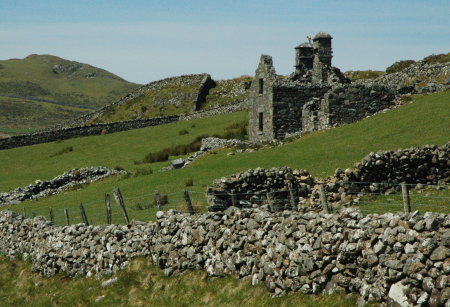

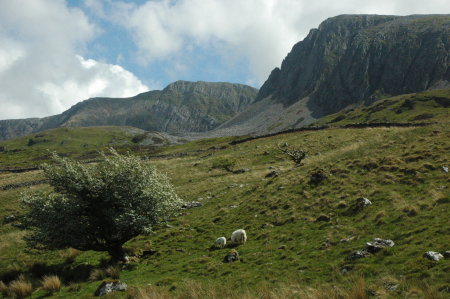 c
c
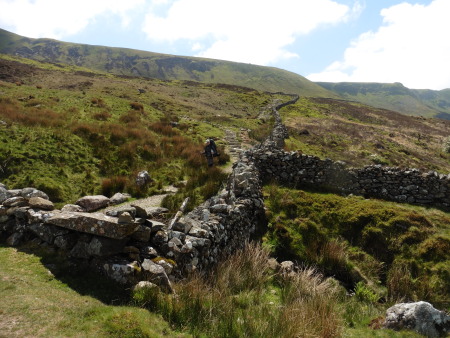
 c
c
